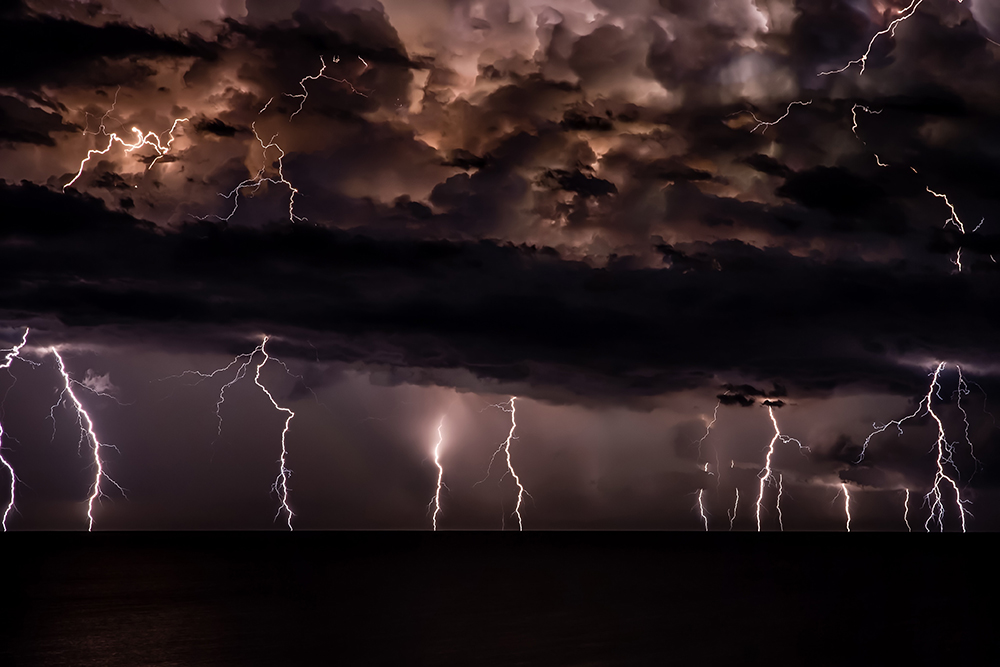I came across that painting above earlier this week in the Russian State Museum. It stopped me in my tracks. The reproduction above, from the museum’s website, can’t do justice to the canvas itself. It’s titled “The Mother Of God Of Tenderness Towards Evil Hearts.” The artist is Kuzma Petrov-Vodkin, who painted it in 1915. It is said to be his response to the horrors of the First World War. It is related thematically to the traditional Russian icon of The Mother of God, Softener Of Evil Hearts.
I can’t really say why this particular image of the Virgin Mary is so moving to me. But it is. I brought back a print of it, and will have it framed.
Another Russian icon — not literally an icon, but iconic — is St. Basil’s Cathedral on Red Square. This is the image most people associate with Russia, and rightly so. It’s one of the greatest buildings in the world. It’s every bit as breathtaking in real life as in photos:
It’s called St. Basil’s Cathedral, though its official name has to do with the Mother of God. Tsar Ivan the Terrible ordered it built to commemorate his victories in wars. St. Basil (Vasily) was a fool-for-Christ — that is, a very Russian figure who lives like a crazy person, but who is believed to do so to humiliate themselves, and in so doing serve God. Basil would walk the streets of 16th century Moscow nearly naked, in summer and winter. He preached mercy for the poor, and developed a reputation for rebuking Tsar Ivan (he was probably the only man in Russia who could get away with that). Once Basil threw some raw meat down at Ivan’s feet during Lent, telling him that given all the murders he had committed, it didn’t matter if he violated the Lenten fast by eating meat.
Can you imagine having the nerve to do that to Ivan the Terrible, who had even killed his own son? Holy food indeed.
Despite all that, when the holy fool Vasily died in 1557, Tsar Ivan was one of his pallbearers. He’s buried in the cathedral that by popular acclaim came to bear his name.
Russia is quite a country. Go, if you have the chance.
